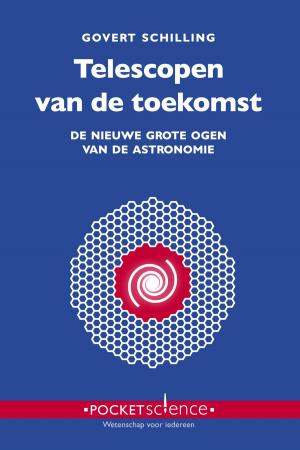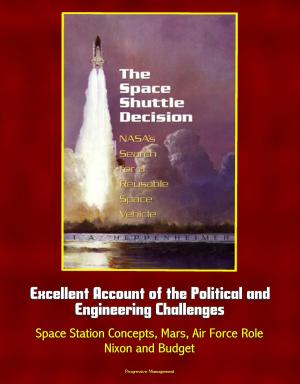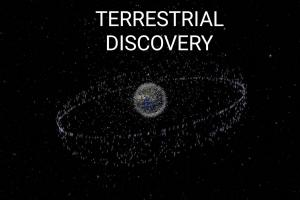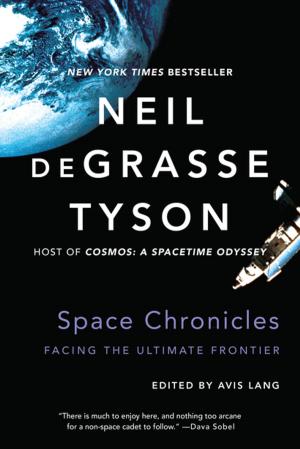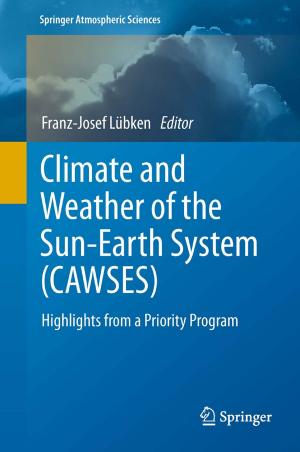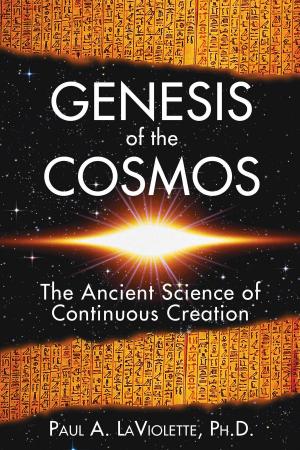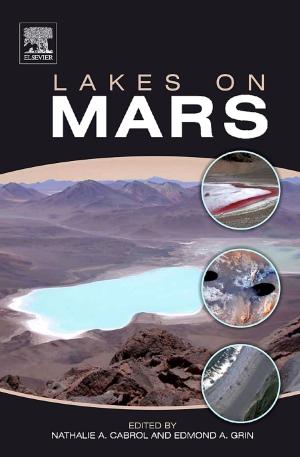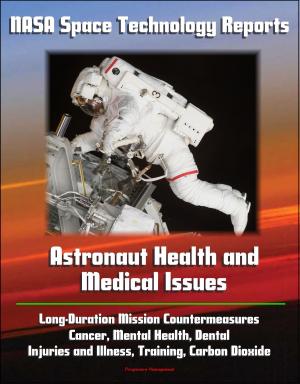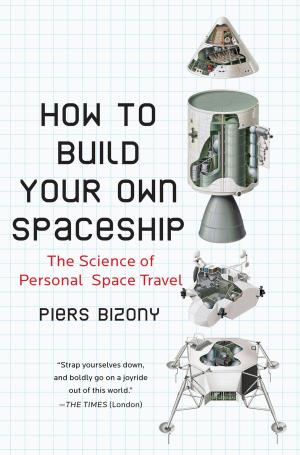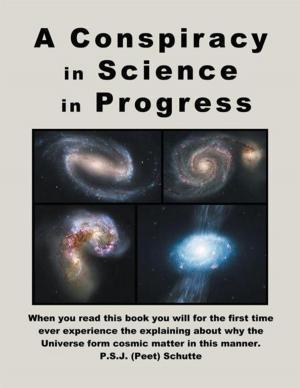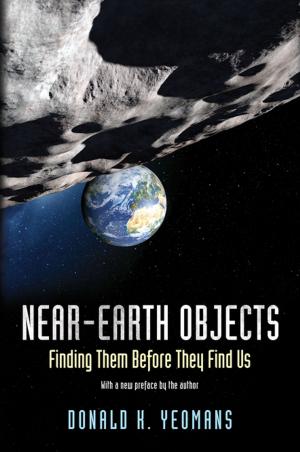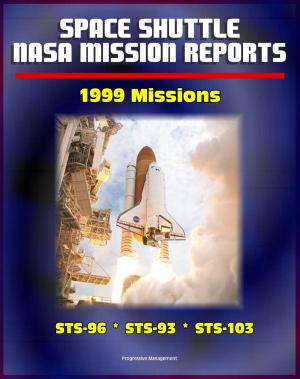The Universe on a Grand Scale: A Short Story of the Universe
Past, Present and Future, 2nd Edition
Nonfiction, Science & Nature, Science, Physics, Cosmology, Astrophysics & Space Science| Author: | Clayton C. Korgel | ISBN: | 9780692752883 |
| Publisher: | CC Korgel Publishing | Publication: | August 29, 2014 |
| Imprint: | CC Korgel Publishing | Language: | English |
| Author: | Clayton C. Korgel |
| ISBN: | 9780692752883 |
| Publisher: | CC Korgel Publishing |
| Publication: | August 29, 2014 |
| Imprint: | CC Korgel Publishing |
| Language: | English |
Spacetime is curved and space is virtually flat and expanding; one of the greatest enigmas of all time in human existence. Distances to farthest galaxies from us are finite defining the edge of our Grand Scale Universe. Distances among galaxies and galaxy clusters are measured in light distance to billions and even trillions of light years. Earlier space was curved, transitioning to virtually flat space about six billion years ago as I show mathematically and has been observed. In the math derivation I show how the Universe is a four dimensional hyperboloid virtually flat in three dimensions and going from deceleration to acceleration and positive to negative curvature, thus agreeing with observations! This is the battle between matter and dark energy in controlling the Universe described by recent observation and Einstein's General Relativity!
I discover how Einstein's General Relativity describes the behavior of the accelerating expanding Universe. I solved Einstein's field equations in dark matter and dark energy in current amounts deduced from observation. These fuel the cosmic Universe. My results show gravity of dark energy and matter is Einstein's curvature for which I derive a Hubble form "integrating" Einstein and Hubble physics. Using these discoveries I lay out the Universe through all space and time in colored figures and tables.
The Universe contains light from galaxies that can be seen as well as light we cannot see. Light we can see has redshift z, and light we cannot see I label redshift z'. Using both categories of light and my "equations of the Grand Scale Universe,' I scope the entire Universe throughout all space and time going back 13.7 billion years! This is the time of origin of the Cosmic Microwave Background (CMB) 380,000 years after the beginning of the Big Bang.
We seek to know distances, velocities and accelerations of galaxies and points in space throughout all space and time.
Distances and velocities of galaxies where they are now based on their past light we observe, are available.
These are top lines of Figures II-1 and II-2.
An acceleration parameter has been observed indicating acceleration or expansion of the Universe now. A Nobel Prize was awarded for this.
I cover these results and go beyond using equations of the grand scale Universe I derive. I present for all galaxy paths and points in space and time over all space and time:
Distances and galaxy paths Figures-1,2 and Table II-2.
Velocities (Figures II-3,4 and Table II-3.
Accelerations (Figure II-5 and Table II-4).
Equivalence to a multiplicative constant of acceleration and curvature of general relativity.
My acceleration parameter agrees with observation and goes beyond covering all space and time and agrees with curvature of general relativity using Einstein's field equation.
The transition I derive from curved to flat space agrees with observation.
Chapter III presents equations used to form the figures; I call them, which are nothing short of amazing, "Equation of the Grand Universe."
Chapter IV is my derivation of the equations and background. I use Newton physics, Einstein's General Relativity and gravitational theory, Hubble's law and Friedman-Robertson-Walker cosmology. All results agree with previous underlying works and observations, and go beyond.
Implications are the Universe expands indefinitely, matter density will be infinitesimal and the Universe coalesces into dark energy.
Spacetime is curved and space is virtually flat and expanding; one of the greatest enigmas of all time in human existence. Distances to farthest galaxies from us are finite defining the edge of our Grand Scale Universe. Distances among galaxies and galaxy clusters are measured in light distance to billions and even trillions of light years. Earlier space was curved, transitioning to virtually flat space about six billion years ago as I show mathematically and has been observed. In the math derivation I show how the Universe is a four dimensional hyperboloid virtually flat in three dimensions and going from deceleration to acceleration and positive to negative curvature, thus agreeing with observations! This is the battle between matter and dark energy in controlling the Universe described by recent observation and Einstein's General Relativity!
I discover how Einstein's General Relativity describes the behavior of the accelerating expanding Universe. I solved Einstein's field equations in dark matter and dark energy in current amounts deduced from observation. These fuel the cosmic Universe. My results show gravity of dark energy and matter is Einstein's curvature for which I derive a Hubble form "integrating" Einstein and Hubble physics. Using these discoveries I lay out the Universe through all space and time in colored figures and tables.
The Universe contains light from galaxies that can be seen as well as light we cannot see. Light we can see has redshift z, and light we cannot see I label redshift z'. Using both categories of light and my "equations of the Grand Scale Universe,' I scope the entire Universe throughout all space and time going back 13.7 billion years! This is the time of origin of the Cosmic Microwave Background (CMB) 380,000 years after the beginning of the Big Bang.
We seek to know distances, velocities and accelerations of galaxies and points in space throughout all space and time.
Distances and velocities of galaxies where they are now based on their past light we observe, are available.
These are top lines of Figures II-1 and II-2.
An acceleration parameter has been observed indicating acceleration or expansion of the Universe now. A Nobel Prize was awarded for this.
I cover these results and go beyond using equations of the grand scale Universe I derive. I present for all galaxy paths and points in space and time over all space and time:
Distances and galaxy paths Figures-1,2 and Table II-2.
Velocities (Figures II-3,4 and Table II-3.
Accelerations (Figure II-5 and Table II-4).
Equivalence to a multiplicative constant of acceleration and curvature of general relativity.
My acceleration parameter agrees with observation and goes beyond covering all space and time and agrees with curvature of general relativity using Einstein's field equation.
The transition I derive from curved to flat space agrees with observation.
Chapter III presents equations used to form the figures; I call them, which are nothing short of amazing, "Equation of the Grand Universe."
Chapter IV is my derivation of the equations and background. I use Newton physics, Einstein's General Relativity and gravitational theory, Hubble's law and Friedman-Robertson-Walker cosmology. All results agree with previous underlying works and observations, and go beyond.
Implications are the Universe expands indefinitely, matter density will be infinitesimal and the Universe coalesces into dark energy.

